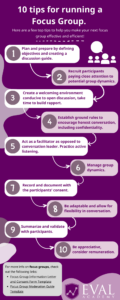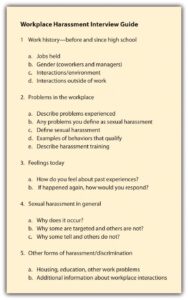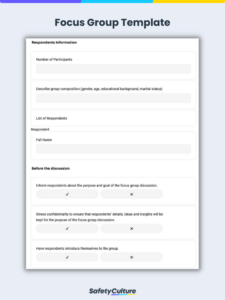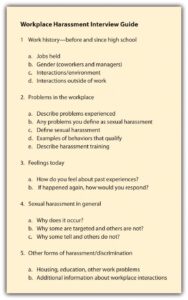Utilizing such a framework offers several advantages. It streamlines the moderation process, ensuring all essential topics are covered during the session. It also minimizes moderator bias by providing a pre-determined structure, leading to more objective data collection. Furthermore, this structured approach facilitates efficient analysis and reporting by organizing the data into predefined categories, ultimately saving time and resources.
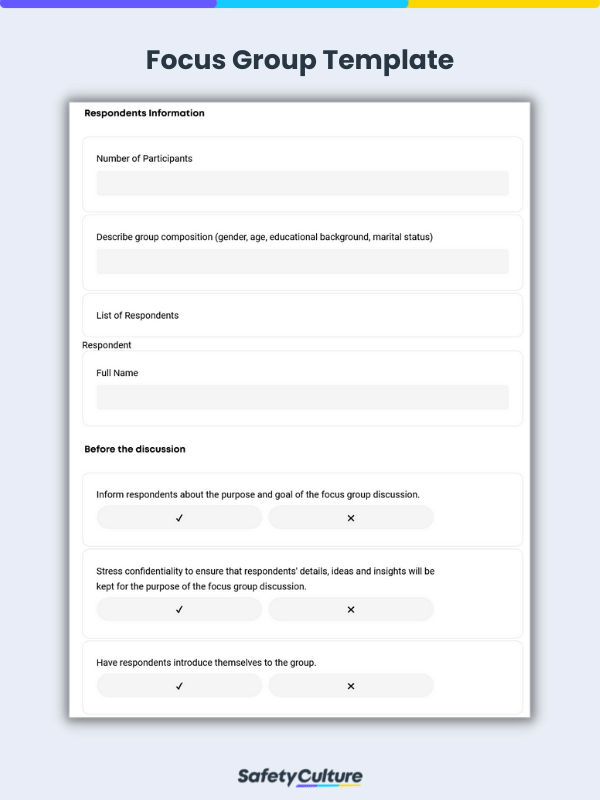
This understanding of a structured framework for gathering qualitative data is foundational for exploring the intricacies of market research, product development, and user experience design, all of which benefit from the rich insights provided by well-executed focus groups. Understanding the components and benefits of structured frameworks empowers researchers to gather valuable data effectively.
Key Components of a Focus Group Discussion Guide
A well-structured guide ensures productive focus group sessions. Several key components contribute to this structure, facilitating organized discussion and comprehensive data collection.
1: Introduction and Warm-up: This section sets the stage for the discussion, establishing rapport and clarifying the session’s purpose and ground rules. Icebreaker questions create a comfortable atmosphere.
2: Key Questions: These carefully crafted questions address the core research objectives, eliciting in-depth insights from participants. Questions should be open-ended and encourage detailed responses.
3: Probing Questions: These supplemental questions delve deeper into participant responses, exploring nuances and uncovering underlying motivations. They ensure a comprehensive understanding of perspectives.
4: Activities and Exercises: Engaging activities, such as brainstorming or product demonstrations, can provide valuable insights and diversify the data collection process.
5: Visual Aids: Charts, images, or product prototypes can stimulate discussion and provide a common reference point for participants.
6: Wrap-up and Summary: This concluding section summarizes key discussion points and provides an opportunity for final participant input. It ensures clarity and confirms understanding.
7: Moderator Notes: Space for the moderator to jot down observations, unexpected insights, and key takeaways throughout the session. This ensures valuable qualitative data isn’t lost.
A comprehensive guide incorporating these components ensures focused, effective discussions, and maximizes the valuable insights gathered from participants, leading to robust research outcomes.
How to Create a Focus Group Discussion Guide
Creating a robust discussion guide is crucial for conducting effective focus groups. A well-structured guide ensures focused discussions and facilitates gathering valuable insights. The following steps outline the process of developing such a guide.
1: Define Objectives: Clearly articulate the research goals and the specific information sought from the focus group sessions. Precise objectives provide a foundation for the entire guide.
2: Identify Target Audience: Determine the characteristics of the ideal participants, ensuring the selected group aligns with the research objectives and target demographic.
3: Develop Introduction and Warm-up: Craft an introductory script to welcome participants, explain the session’s purpose, and establish ground rules. Include icebreaker questions to create a comfortable environment.
4: Formulate Key Questions: Develop open-ended questions directly addressing the research objectives. These questions should encourage detailed responses and exploration of participant perspectives.
5: Design Probing Questions: Create follow-up questions to delve deeper into initial responses, uncovering underlying motivations and nuances in participant perspectives.
6: Incorporate Activities and Exercises: Consider incorporating relevant activities or exercises to engage participants and gather diverse data. These activities can include brainstorming, product demonstrations, or visual aids.
7: Plan Wrap-up and Summary: Develop a concluding script to summarize key discussion points and solicit final input. This provides closure and confirms shared understanding.
8: Pilot Test the Guide: Conduct a pilot test of the guide with a small group similar to the target audience. This allows for refinement and ensures clarity and effectiveness.
A thorough guide incorporating these elements ensures productive focus group sessions, maximizing the value of participant insights and contributing to meaningful research outcomes. Careful planning and execution are essential for achieving research objectives and gathering valuable data.
A well-crafted structure for facilitating focus group discussions is essential for gathering rich, qualitative data. Such frameworks provide a systematic approach, ensuring key topics are covered while allowing for flexible exploration of participant insights. This structured approach streamlines the moderation process, minimizes bias, and facilitates efficient analysis, leading to more robust research outcomes. Key components include a clear introduction, strategically designed questions, engaging activities, and a concise wrap-up. Developing these frameworks requires careful planning, including defining clear objectives, identifying the target audience, and pilot testing the guide.
Effective data collection through well-structured discussions provides invaluable insights for a range of applications, from market research and product development to user experience design. Investing time and resources in developing robust frameworks ultimately leads to more informed decision-making and improved outcomes. The ability to gather and analyze qualitative data effectively remains a crucial skill for understanding complex issues and driving innovation.
